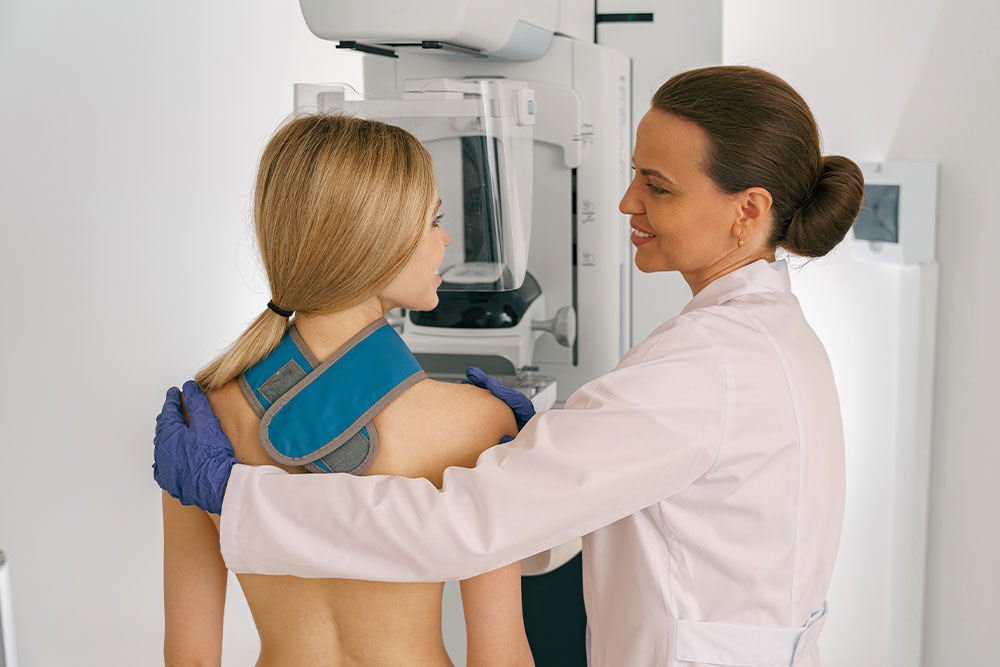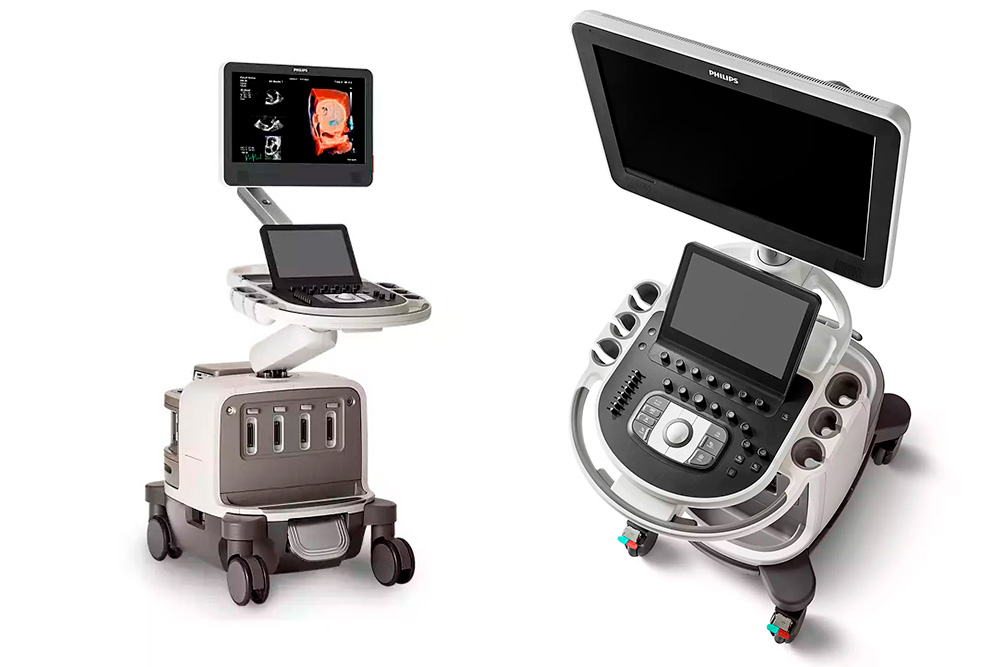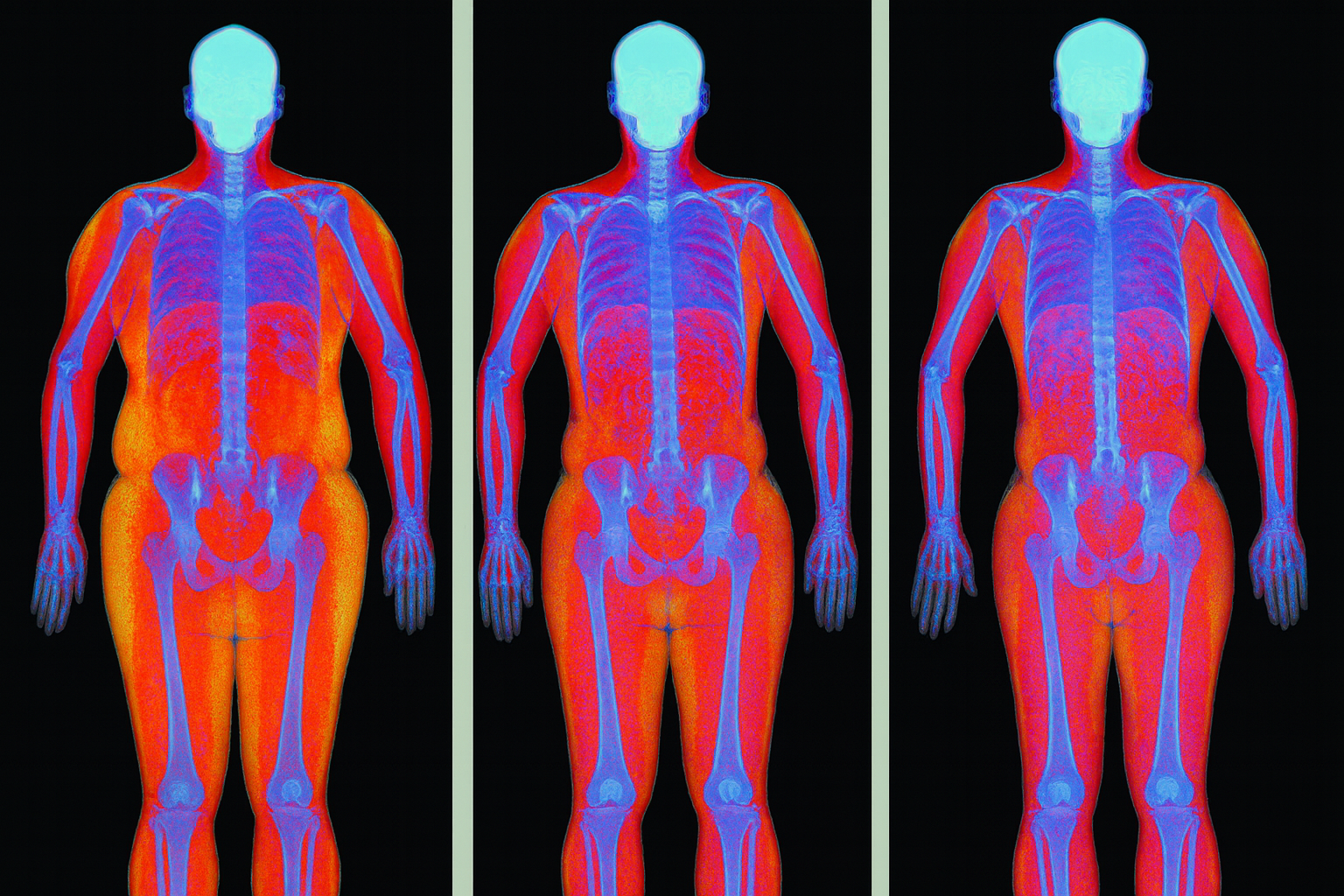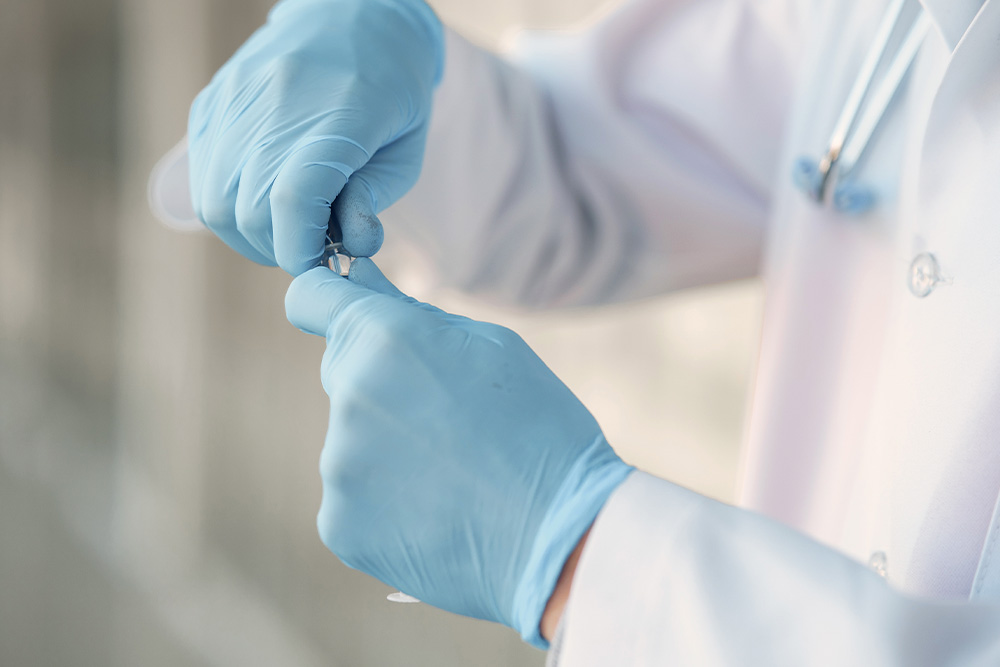Tests we offer
- Mammogram, Screen/Yearly
- Mammogram Unilateral
- Mammogram Bilateral
- Tomosynthesis
- Screening
- Tomosynthesis
- Diagnostic
- Uni/Bilateral3D & 4D
- Rendering
- Breast Complete (w/ axilla)
- Breast Limited
- Breast Elastography

3D Mammography
We Get It…no one loves getting a mammogram. But, it is still the BEST WAY to detect Breast Cancer. Our advanced 3D Mammography equipment uses state-of-the-art technology to ensure your exam will be noticeably more comfortable.
The exclusive comfort paddle moves four ways, adjusting to your body, while its innovative 3D technology delivers better detail with a gentle radiation dose. Experience the SMARTER 3D MAMMOGRAM with improved diagnostic accuracy and less chance of a false-positive result and call back.
Ultrasound
Ultrasound imaging (sonography) uses high-frequency sound waves to view inside the body. Because ultrasound images are captured in real-time, they can also show movement of the body’s internal organs as well as blood flowing through the blood vessels. Unlike X-ray imaging, there is no ionizing radiation exposure associated with ultrasound imaging.
In an ultrasound exam, a transducer (probe) is placed directly on the skin or inside a body opening. A thin layer of gel is applied to the skin so that the ultrasound waves are transmitted from the transducer through the gel into the body.


DEXA Scan and Body Fat Composition
DEXA is FDA-approved and quantifies your lean, fat, and bone mass (to identify osteoporosis), and visceral fat (which correlates to your risk for hormonal imbalances and disease)
Common alternative methods, such as BMI, Bioimpedance, Bod Pod, and hydrostatic weighing, are often used incorrectly as a surrogate for body composition health. But they can be dangerously misleading.
For example, if you have a BMI of 25 kg/m2, you may have a body fat percentage anywhere from 10-35 percent. If you use other alternative methods, you may see a margin of error range from 5 to 15%.
Whereas as a DEXA scan’s accuracy and precision ranges from a 1 to 2 percent margin of error, it also provides additional information that BMI and alternative testing methods cannot, including:
- Visceral Adipose Tissue (VAT), which is leading predictor of longevity, metabolic syndrome, and cardiovascular disease.
- Skeletal strength, your risk for osteoporosis, and how you compare to others like you.
- “Skinny fat” and sarcopenia risks, which has been found to be an important predictor of cognitive performance
- Skeletal strength, your risk for osteoporosis, and how you compare to others like you.
- Muscle symmetry to identify how your lean, fat, and bone mass compares in each region of your body.
- “Skinny fat” and sarcopenia risks, which has been found to be an important predictor of cognitive performance.

